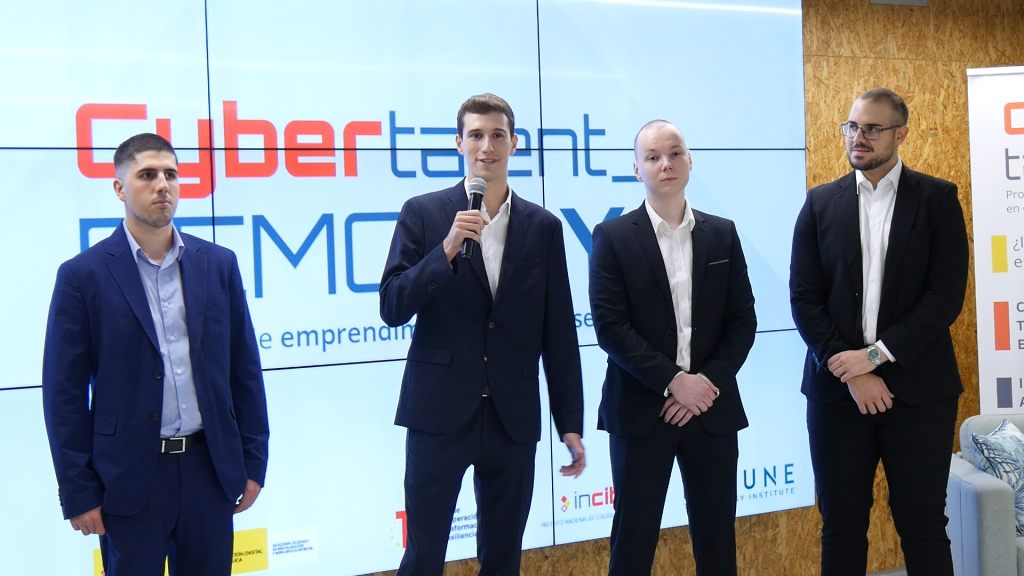Programas con titulaciones oficiales en Panamá, Colombia, Ecuador y México y convenios con UMECIT, IPIA y Fundación Universitaria Los Libertadores.
Intensive programmes
Extracurriary programs focused on bringing the world closer to the youngest of technology: programming, artificial intelligence, electronics, video games, cybersecurity, etc...
Cybersecurity incidents continue to increase year on year, so dealing with them as early as possible is a crucial action to defend people and businesses.
SMEs are some of the most common targets for cybercriminals, who leak their data and manage to hide in such a way that these companies cannot easily find them. SafeNet presents itself as a solution to all their problems.
Carried out by Daniel Ruiz | Alejandro Gómez | Diego Alonso | Alejandro Navarro
Programme Cybertalent: Cybersecurity Entrepreneurship Programme | In collaboration with the National Institute for Cybersecurity (INCIBE)
Technologies AI | Pentesting | Development frameworks | Databases | Cloud Infrastructure
SMEs are the most vulnerable businesses in every sense of the word, including cyber security. 60% of SMEs that suffer a severe cyber-attack disappear within 6 months of the incident, and the lack of accessible tools to identify and address vulnerabilities means that it takes an average of 212 days to detect attacks and another 75 days to contain them.
The process of solving these problems involves going through five distinct phases:

Esta herramienta de defensa cibernética aprovecha las tendencias actuales en inteligencia artificial y el mayor acceso a los datos públicos para determinar a qué riesgos y problemas se enfrentan las pymes, ofreciéndoles un informe detallado sobre el análisis realizado.
SafeNet permite que cada pequeña y mediana empresa pueda conocer a qué riesgos se enfrentan y solucionarlos antes de que pasen a ser un gran problema que derive en su desaparición.